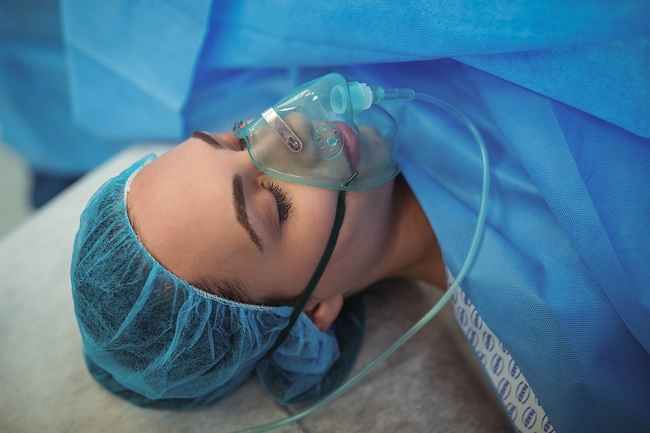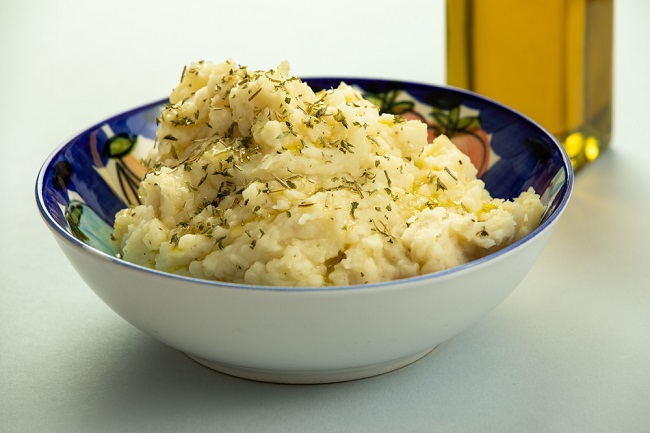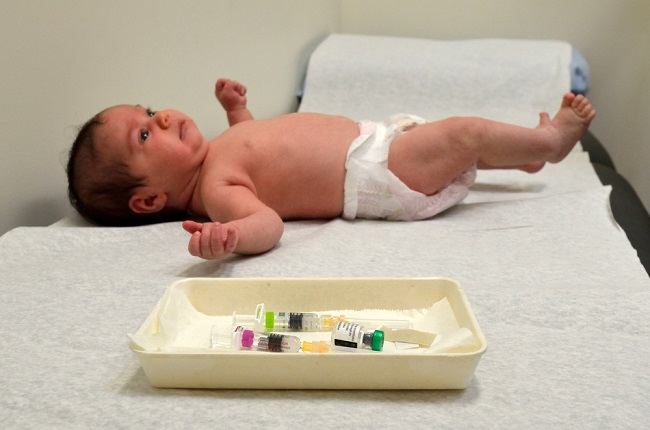Calf pain is complaint commonly experienced. Causes vary, can be due to injury, excessive activity, or impaired blood flow in the calf. Check out the following explanation of things that can cause calf pain and their treatment.
In calves, there are muscles gastrocnemius and soleus which meet at the Achilles tendon, the large vein at the back of the ankle that attaches to the heel bone. Disorders of the calf can affect these two muscles, tendons Achillesor surrounding blood vessels and nerves. Complaints of calf pain can be described as a feeling of tension, cramping, stiffness, or sharp pain in the calf.

Some Causes of Calf Pain
The following are conditions that can cause calf pain:
1. Injuries due to bumps
A collision with a blunt object, a fall, or a kick in the calf area can cause pain and bruising. If the injury is minor, the pain and bruising will generally go away on their own.
2. Muscle cramps
Excessive activity or exercise and trying new sports can cause sudden contractions of the calf muscles, causing pain. Muscle cramps can last from a few seconds to a few minutes, and may occur only during sleep, or they can appear in the middle of the day.
In addition to strenuous activity, there are also several other conditions that can trigger muscle cramps, namely:
- Dehydration
- Mineral deficiency (potassium, magnesium, and calcium)
- Kidney failure
- Hypothyroidism
- Too much alcohol consumption
- Nervous disorders
- Diabetes
- Peripheral artery disease
3. Strain or tear in the calf muscles
This condition is also known as a sprain or sprain, and can result from fatigue, overworked muscles, or exercising without warming up.
Examples of sports that can cause this problem are sports that involve a lot of leg movement, such as running, swimming, or cycling. Symptoms can include aches or sharp pains in the calf, stiffness or weakness when walking, difficulty standing on tiptoe, and bruising in the calf for 1-2 days.
4. Achilles tendinitis
Injuries, incorrect movements, and excessive activities, such as running, climbing stairs, or jumping, can cause inflammation of the Achilles tendon (Achilles tendinitis). On the other hand, Achilles tendinitis can be triggered by bone spur, This is a new bone growth that interferes with the attachment of the Achilles tendon to the heel bone.
Generally, the complaints that accompany this condition are pain and swelling in the calves, the legs feel heavy when exercising or doing activities, and limited movement of the legs, especially when bending the ankles.
In addition to inflammation, the Achilles tendon can also tear or even break due to overactivity or improper movement. When the Achilles tendon is ruptured, there will be a loud tearing sound. A torn or ruptured Achilles tendon needs to be treated with medication, physiotherapy, and surgery.
5. Narrowing of the spinal and sciatic nerve cavities
If there is joint inflammation (arthritis) in the spine, the spinal canal can narrow, impairing nerve function. A spinal disc hernia or pinched nerve can also cause narrowing, resulting in sciatica symptoms.
Sciatica is a disorder of the sciatic nerve, which is the nerve that controls the muscles of the leg and the back of the knee. This disorder can be characterized by symptoms of pain or cramps that begin when sitting or standing, numbness, weakness, or tingling that radiates from the back, pelvis, then to the calves.
6. Nerve disorders due to diabetes
Complications of diabetes mellitus can damage the nerves in the calves and feet. Pain due to nerve disorders due to diabetes is usually sharp or in the form of muscle cramps, muscle weakness, loss of balance and body coordination, numbness, and impaired sensation or sense of touch that makes the sufferer less sensitive to pain or changes in temperature.
7. Deep vein thrombosis (DVT)
Deep vein thrombosis (DVT) is a blood clot in a deep vein. This condition can affect the veins of the arms, legs and calves. Some of the risk factors that can cause DVT are sitting for long periods of time, obesity, side effects of drugs, and smoking.
DVT is characterized by prominent veins in the blocked area, swollen and painful legs, changes in skin color in the legs and calves, and warm calves.
8. Varicose veins
Varicose veins or often we call varicose veins caused by weakness of the valves in the veins that carry blood flow back from the legs to the heart. Calf pain due to varicose veins is characterized by the presence of blue to purplish blood vessels that protrude and twist in the calves, especially after standing for a long time.
9. Compartment syndrome
Compartment syndrome is a serious condition caused by the presence of great pressure within the muscle structures. Generally this syndrome occurs as a result of severe injury.
Symptoms of compartment syndrome in the calf muscles include severe pain that does not improve after resting or taking painkillers, numbness of the feet and legs, swollen calves and difficulty moving.
Handling Calf Pain Independently
Generally, complaints of calf pain that do not interfere with activities or are caused by minor injuries can improve on their own. However, there are steps you can take at home to speed up recovery from calf pain:
1. The RICE Principle (Rest, Ice, Compress, Elevate)
Rest the painful calf for 24-48 hours, and support the calf with a pillow so that the calf is higher than your chest when lying down. Give a cold compress by placing ice wrapped in a cloth or towel on the painful area for 20 minutes.
While resting, don't keep your feet still for too long. Try to move your heels and knees slowly for 10-20 seconds every hour, when you're not sleeping.
2. Use painkillers
To reduce pain, take over-the-counter painkillers, such as paracetamol. In addition, the use of pain relief creams containing NSAIDs or menthol can also help.
3. Do some stretch
Once the calf pain subsides, try to start stretching the calf muscles slowly.
4. Massage
Muscles that feel sore from minor injuries can be gently massaged. Avoid massaging the muscles vigorously to prevent the injury from getting worse. Also, avoid massaging a painful calf if the injury is likely to be severe, such as a broken bone.
Medical treatment by a doctor is urgently needed if calf pain is caused by severe injury or blood vessel disorders, nerve disorders, infections, and compartment syndrome.
Immediately consult a doctor if the calf pain does not improve in a few days, gets worse, or other complaints arise, such as immobility, numbness, or severe swelling.
Written by:
dr. Alya Hananti









